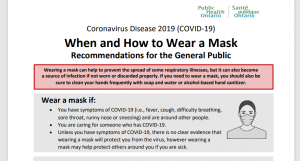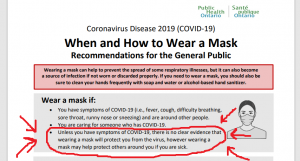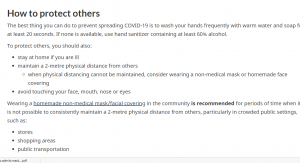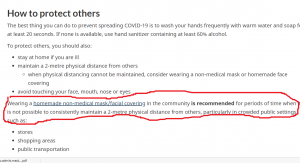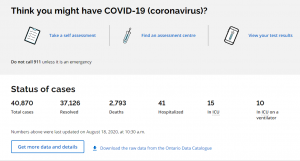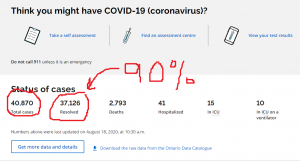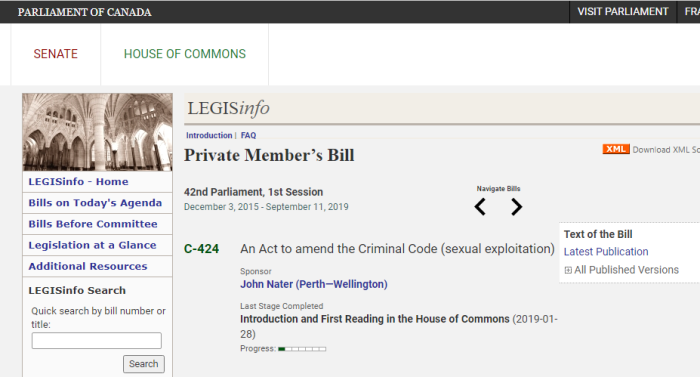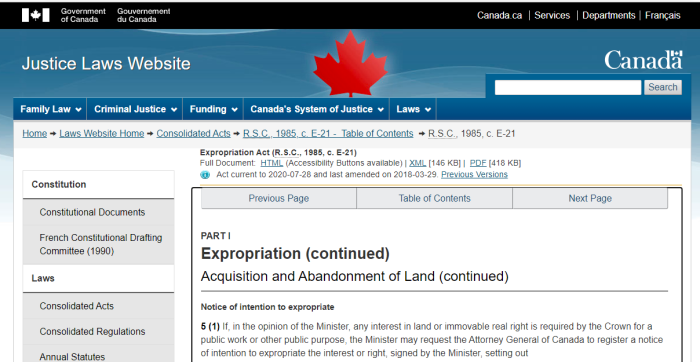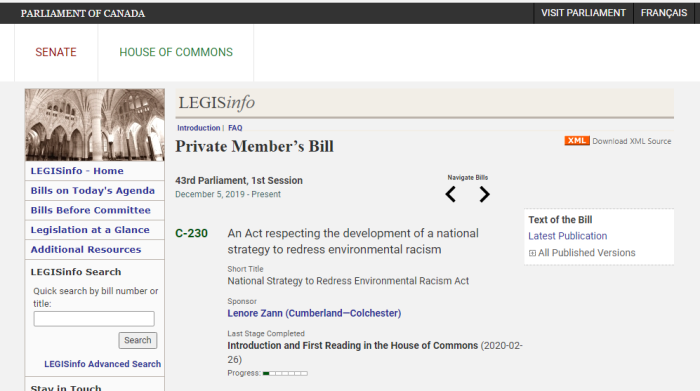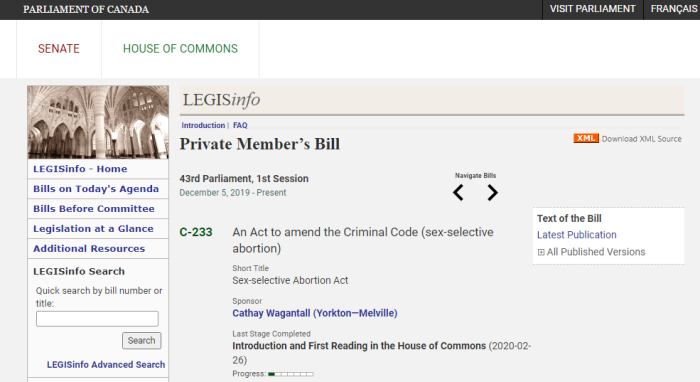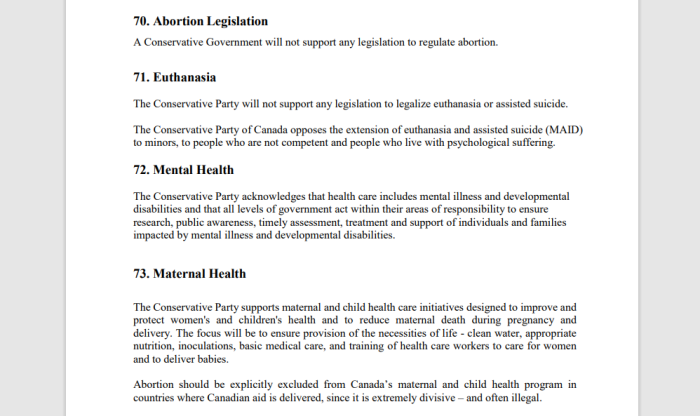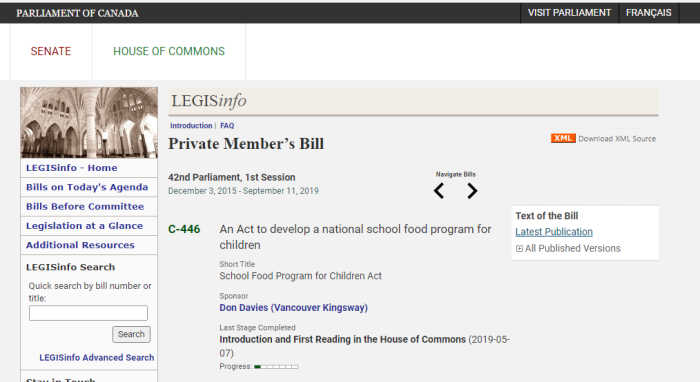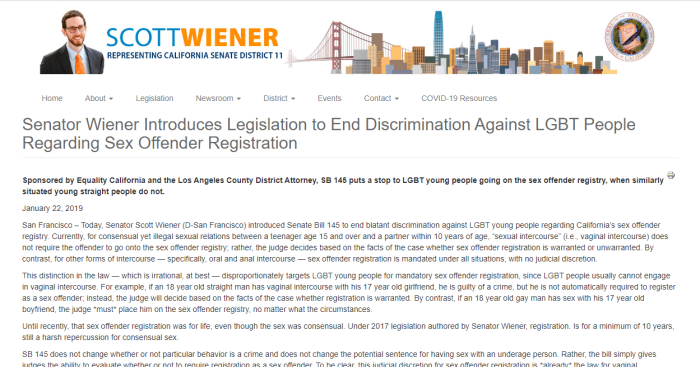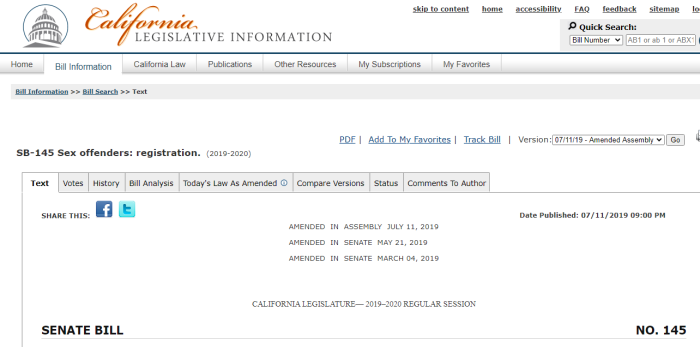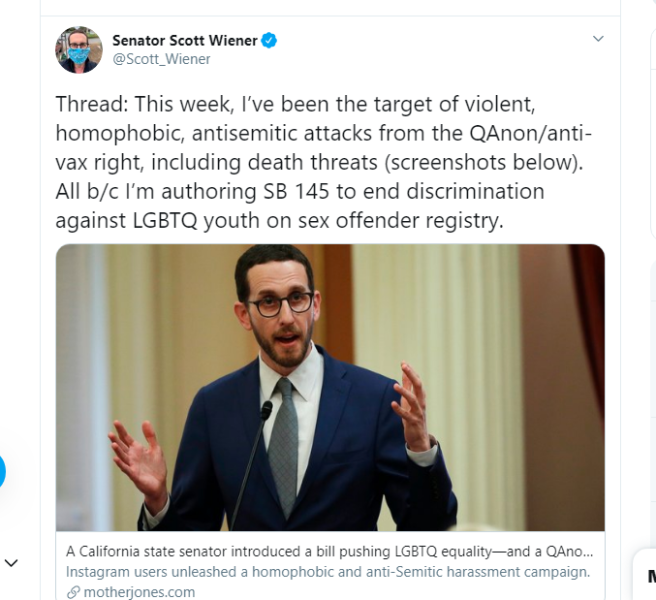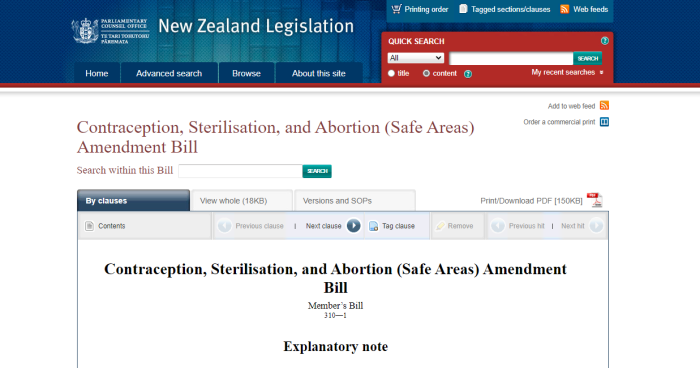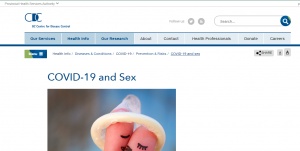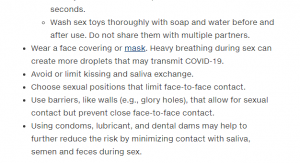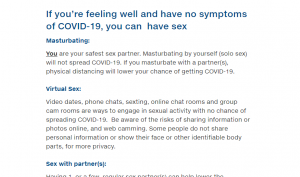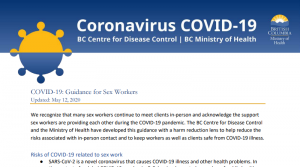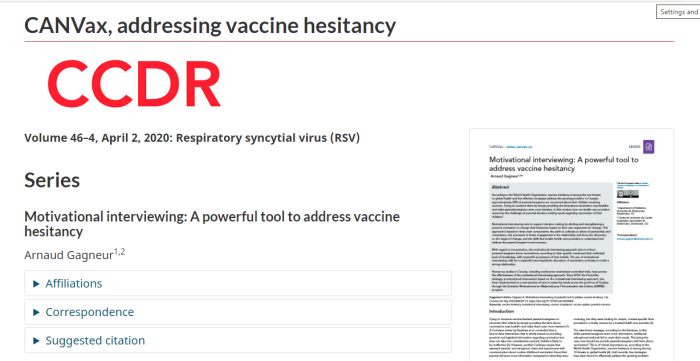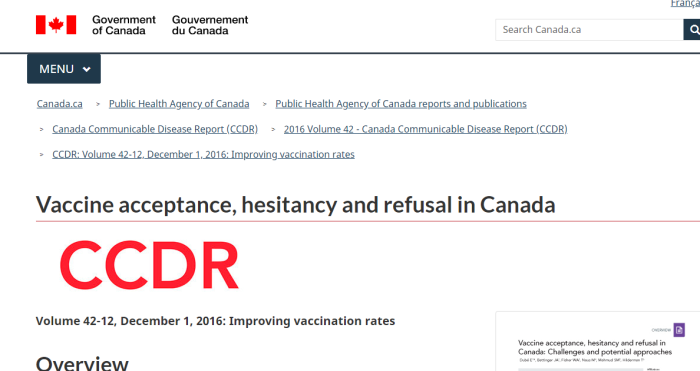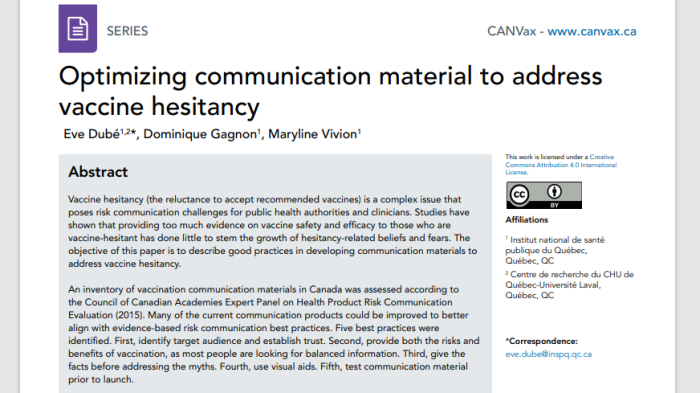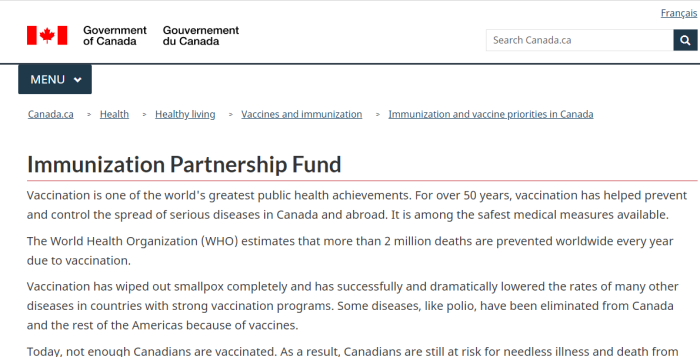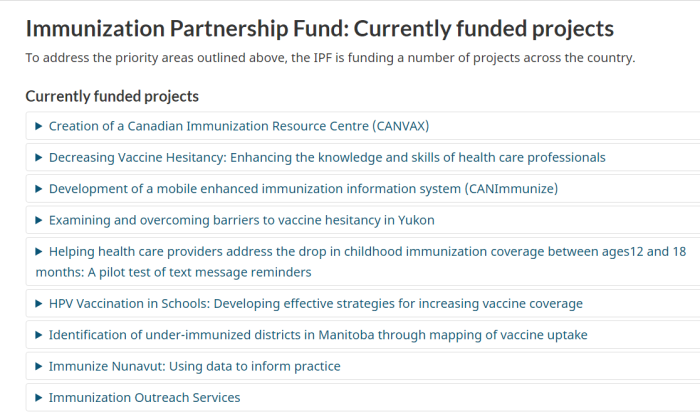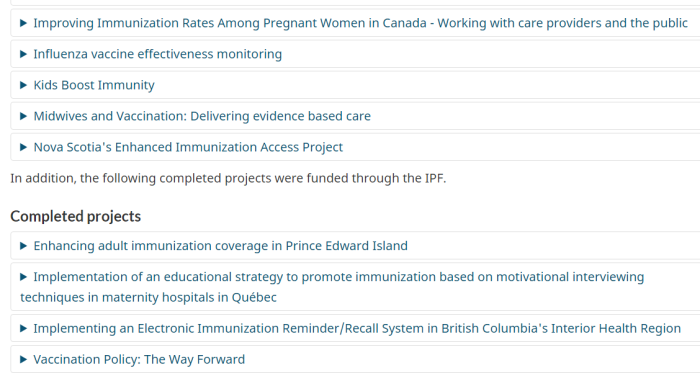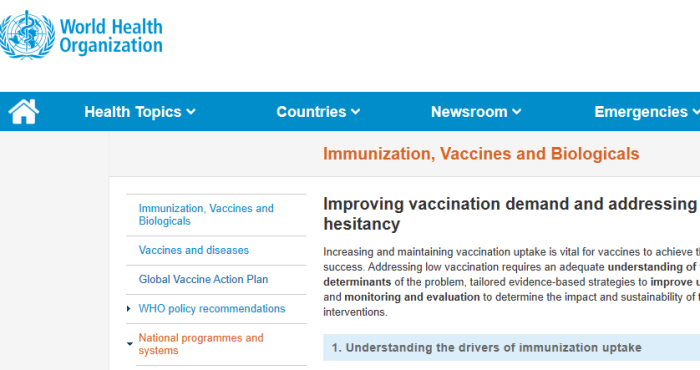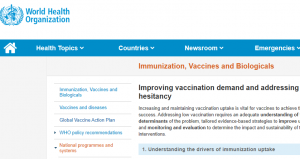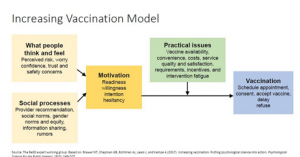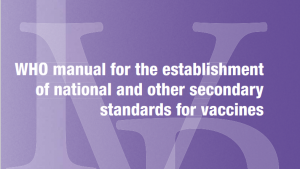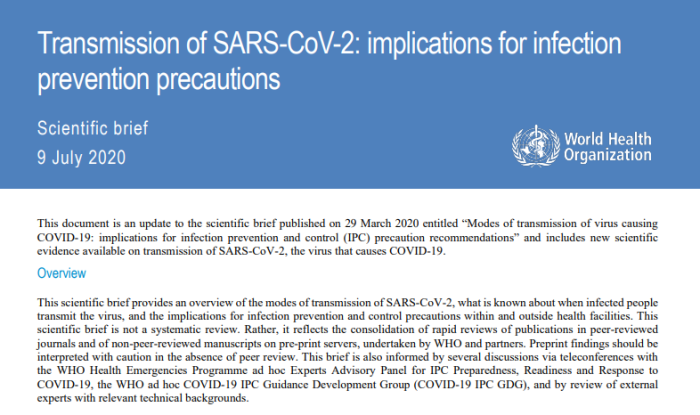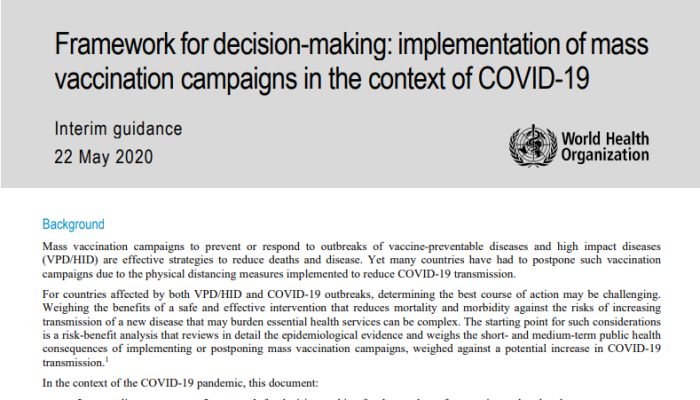
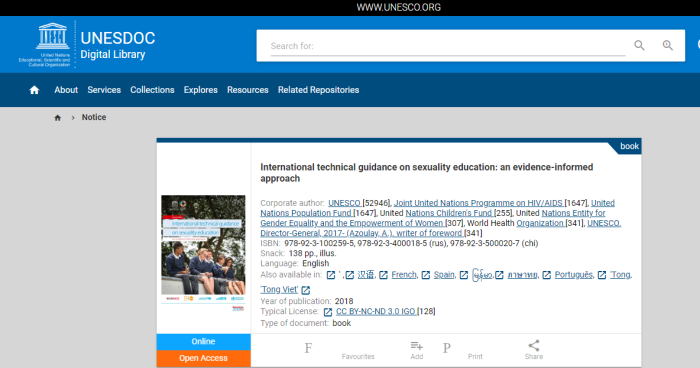
The World Health Organization publishes UNESCO’s guidelines on sex-ed for minors. Many parents would consider this inappropriate to be included in the education system.
1. Trafficking, Smuggling, Child Exploitation
Check the link for more information on the TSCE series. Also, more information on Canada’s borders is available here, including the connection between open borders, and human trafficking/smuggling. Finally, more information on infanticide is available.
2. Important Links
(1) https://www.who.int/reproductivehealth/publications/technical-guidance-sexuality-education/en/
(2) https://unesdoc.unesco.org/ark:/48223/pf0000260770
(3) https://unesdoc.unesco.org/ark:/48223/pf0000232993
(4) https://unesdoc.unesco.org/ark:/48223/pf0000248232
(5) https://www.lifesitenews.com/news/child-sex-offender-ben-levin-said-himself-that-he-was-in-charge-of-crafting
(6) https://en.unesco.org/events/switched-sexuality-education-digital-space
(7) https://en.unesco.org/sites/default/files/switched-on-conference-flyer-programme-en.pdf
who.unesco.sex.ed.guidelines.book
UNESCO.list.of.ngo.partners
international.planned.parenthood.1.toolkit.in.youth
international.planned.parenthood.2.consent.boundaries
international.planned.parenthood.3.right.to.know
international.planned.parenthood.4.access.to.services.
3. Manitoba Adopts Global Citizen Education
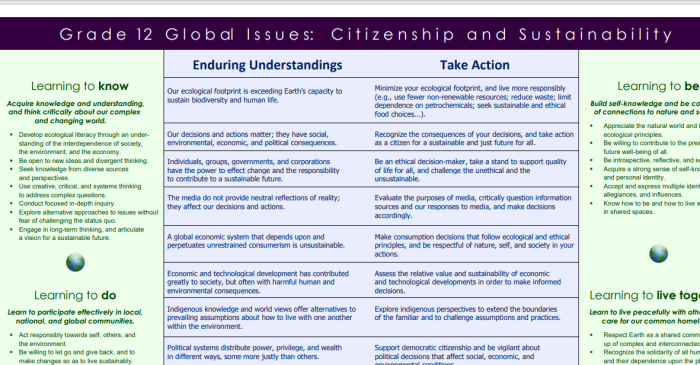
manitoba.education.global.issues
https://www.edu.gov.mb.ca/k12/esd/pdfs/global_issues.pdf
Although not directly related to the pedo agenda, the Province of Manitoba has implemented the “Citizenship and Sustainability” agenda into its high school curriculum.
4. Pedo Ben Levin Wrote Ontario curriculum

Ontario’s sex-ed cirriculum was written by an actual pedophile, Ben Levin, who has served time for child pornography. Current Premier Doug Ford had promised to remove it, but broke that pledge after getting elected.
5. Pedo Highlights From The Report


who.unesco.sex.ed.guidelines.book
UNESCO breaks it down into 4 age ranges of children they want to target:
5 to 8 years old
9 to 12 years old
12 to 15 years old
15 to 18 years old
The information quoted below only covers the 5-8 year old recommendations. That is, aimed at children as young as 5. The older groups get much more explicit.
1.2 Friendship, Love and Romantic Relationships (contd.)
Learning objectives (5-8 years)
Key idea: There are different kinds of friendships
Learners will be able to:
▶ define a friend (knowledge);
▶ value friendships (attitudinal);
▶ Recognize that gender, disability or someone’s
health does not get in the way of becoming friends
(attitudinal);
▶ develop a diversity of friendships (skill).
Key idea: Friendships are based on trust, sharing,
respect, empathy and solidarity
Learners will be able to:
▶ describe key components of friendships (e.g. trust,
sharing, respect, support, empathy and solidarity)
(knowledge);
▶ propose to build friendships based on key components
of friendships (attitudinal);
▶ demonstrate ways to show trust, respect,
understanding, and to share with a friend (skill).
Key idea: Relationships involve different kinds
of love (e.g. love between friends, love between
parents, love between romantic partners) and love
can be expressed in many different ways
Learners will be able to:
▶ identify different kinds of love and ways that love can
be expressed (knowledge);
▶ acknowledge that love can be expressed in different
ways (attitudinal);
▶ express love within a friendship (skill).
Key idea: There are healthy and unhealthy
relationships
Learners will be able to:
▶ list characteristics of healthy and unhealthy
relationships (knowledge);
▶ define good touch and bad touch (knowledge);
▶ perceive that there are healthy and unhealthy
friendships (attitudinal);
▶ develop and maintain healthy friendships (skill).
3.1 The Social Construction of Gender and Gender Norms
Learning objectives (5-8 years)
Key idea: It is important to understand the
difference between biological sex and gender
Learners will be able to:
▶ define gender and biological sex and describe how they
are different (knowledge);
▶ reflect on how they feel about their biological sex and
gender (skill).
3.3 Gender-based Violence
Learning objectives (5-8 years)
Key idea: It is important to know what GBV is and
where to go for help
Learners will be able to:
▶ define GBV and recognize that it can take place in
different locations (e.g. school, home or in public)
(knowledge);
▶ understand that our ideas about gender and gender
stereotypes can affect how we treat other people,
including discrimination and violence (knowledge);
▶ acknowledge that all forms of GBV are wrong (attitude);
▶ identify and describe how they would approach a
trusted adult to talk to if they or someone they know
are experiencing GBV, including violence in or around
school (skill).
4.2 Consent, Privacy and Bodily Integrity
Learning objectives (5-8 years)
Key idea: Everyone has the right to decide who
can touch their body, where, and in what way
Learners will be able to:
▶ describe the meaning of ‘body rights’ (knowledge);
▶ identify which parts of the body are private
(knowledge);
▶ recognize that everyone has ‘body rights’ (attitudinal);
▶ demonstrate how to respond if someone is touching
them in a way that makes them feel uncomfortable (e.g.
say ‘no’, ‘go away’, and talk to a trusted adult) (skill);
▶ identify and describe how they would talk to a
parent/guardian or trusted adult if they are feeling
uncomfortable about being touched (skill).
6.1 Sexual and Reproductive Anatomy and Physiology
Learning objectives (5-8 years)
Key idea: It is important to know the names and
functions of one’s body and it is natural to be
curious about them, including the sexual and
reproductive organs
Learners will be able to:
▶ identify the critical parts of the internal and external
genitals and describe their basic function (knowledge);
▶ recognize that being curious about one’s body, including
the genitals, is completely normal (attitudinal);
▶ practise asking and responding to questions about
body parts that they are curious about (skill).
Key idea: Everyone has a unique body that
deserves respect, including people with disabilities
Learners will be able to:
▶ identify ways that men’s, women’s, boys‘, and girls’
bodies are the same; the ways they are different; and
how they can change over time (knowledge);
▶ explain that all cultures have different ways of seeing
people’s bodies (knowledge);
▶ acknowledge that everyone’s body deserves respect,
including people with disabilities (attitudinal);
▶ express things that they like about their body (skill)
6.2 Reproduction
Learning objectives (5-8 years)
Key idea: A pregnancy begins when an egg and
sperm unite and implant in the uterus
Learners will be able to:
▶ describe the process of reproduction – specifically that
a sperm and egg must both join and then implant in the
uterus for a pregnancy to begin (knowledge).
Key idea: Pregnancy generally lasts for 40 weeks
and a woman’s body undergoes many changes
during the span of a pregnancy
Learners will be able to:
▶ describe the changes that a woman’s body undergoes
during the duration of a pregnancy (knowledge);
▶ express how they feel about the changes that a
woman’s body undergoes during pregnancy (skill).
6.3 Puberty
Learning objectives (5-8 years)
Key idea: Puberty is a time of physical and
emotional change that happens as children grow
and mature
Learners will be able to:
▶ define puberty (knowledge);
▶ understand that growing up involves physical and
emotional changes (knowledge);
▶ acknowledge that puberty is a normal and healthy part
of adolescence (attitudinal).
7.1 Sex, Sexuality and the Sexual Life Cycle
Learning objectives (5-8 years)
Key idea: It is natural for humans to enjoy their
bodies and being close to others throughout their
lives
Learners will be able to:
▶ understand that physical enjoyment and excitement are
natural human feelings, and this can involve physical
closeness to other people (knowledge);
▶ understand that there are many words to describe
physical feelings, and some are related to showing
feelings for and being close to others (knowledge);
▶ recognize that there are appropriate and inappropriate
language and behaviours related to how we express our
feelings for and closeness to others (attitudinal).
7.2 Sexual Behaviour and Sexual Response (contd.)
Learning objectives (5-8 years)
Key idea: People can show love for other people
through touching and intimacy
Learners will be able to:
▶ state that people show love and care for other people in
different ways, including kissing, hugging, touching, and
sometimes through sexual behaviours (knowledge).
Key idea: Children should understand what is and
what is not appropriate touching
Learners will be able to:
▶ define ‘good touch’ and ‘bad touch’ (knowledge);
▶ recognize that there are some ways of touching children
that are bad (attitudinal);
▶ demonstrate what
8.1 Pregnancy and Pregnancy Prevention (contd.)
Learning objectives (5-8 years)
Key idea: Pregnancy is a natural biological process
and can be planned
Learners will be able to:
▶ recall that pregnancy begins when egg and sperm unite
and implant in the uterus (knowledge);
▶ explain that pregnancy and reproduction are natural
biological process, and that people can plan when to
get pregnant (knowledge);
▶ explain that all children should be wanted, cared for
and loved (attitude);
▶ recognise that not all couples have children
(knowledge).
8.2 HIV and AIDS Stigma, Treatment, Care and Support (contd.)
Learning objectives (5-8 years)
Key idea: People living with HIV have equal rights
and live productive lives
Learners will be able to:
▶ state that with the right care, treatment and support,
people living with HIV are able to live fully productive
lives and to have their own children if they wish to
(knowledge);
▶ recognize that people living with HIV have the right
to equal love, respect, care and support (and timely
treatment) as everyone (attitudinal).
Key idea: There are effective medical treatments
that can help people living with HIV
Learners will be able to:
▶ state that there are effective medical treatments that,
with care, respect and support, people living with HIV
can now take to manage their condition (knowledge).
Keep in mind, these are the guidelines for children from 5 to 8 years old. The older age brackets get far more explicit and detailed. Many people will find this very inappropriate.
6. Attempting To Deflect Criticism
CSE goes against our culture or religion
▶ The Guidance stresses the need to engage and build support among the custodians of culture in a given community, in order to adapt the content to the local cultural context. Key stakeholders, including religious leaders, can assist programme developers and providers to engage with the key values central to the relevant religions and cultures, as people’s religious beliefs will inform what they do with the knowledge they possess. The Guidance also highlights the need to reflect on and address negative social norms and harmful practices that are not in line with human rights or that increase vulnerabilty and risk, especially for girls and young women or other marginalized populations
Sexuality education should promote positive values and responsibility
▶ The Guidance supports a rights-based approach that emphasizes values such as respect, acceptance, equality, empathy, responsibility and reciprocity as inextricably linked to universal human rights. It is essential to include a focus on values and responsibility within a comprehensive approach to sexuality education. CSE fosters opportunities for learners to assess and clarify their own values and attitudes regarding a range of topics.
In short, “acceptance and tolerance” is promoted more than morality, or parental choice are. Some strange priorities to have.
7. Abortion Agenda In Full View
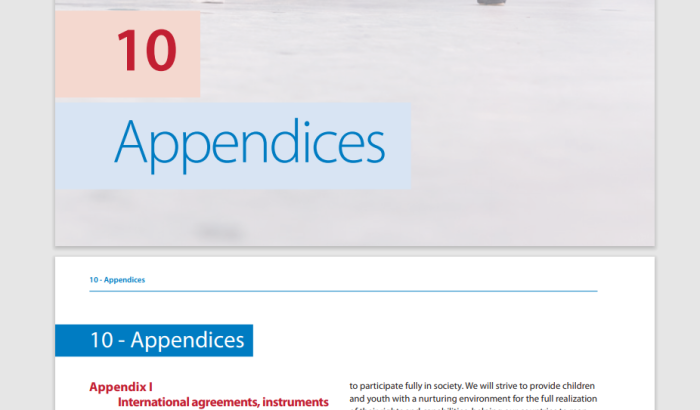
From: Committee on the Rights of the Child CRC/C/GC/20, General comment No. 20) on the implementation of the rights of the child during adolescence 2016 (from page 119 in report)
59. The Committee urges States to adopt comprehensive gender and sexuality-sensitive sexual and reproductive health policies for adolescents, emphasizing that unequal access by adolescents to such information, commodities and services amounts to discrimination. Lack of access to such services contributes to adolescent girls being the group most at risk of dying or suffering serious or lifelong injuries in pregnancy and childbirth. All adolescents should have access to free, confidential, adolescent-responsive and non- discriminatory sexual and reproductive health services, information and education, available both online and in person, including on family planning, contraception, including emergency contraception, prevention, care and treatment of sexually transmitted infections, counselling, pre-conception care, maternal health services and menstrual hygiene.
60. There should be no barriers to commodities, information and counselling on sexual and reproductive health and rights, such as requirements for third-party consent or authorization. In addition, particular efforts need to be made to overcome barriers of stigma and fear experienced by, for example, adolescent girls, girls with disabilities and lesbian, gay, bisexual, transgender and intersex adolescents, in gaining access to such services. The Committee urges States to decriminalize abortion to ensure that girls have access to safe abortion and post-abortion services, review legislation with a view to guaranteeing the best interests of pregnant adolescents and ensure that their views are always heard and respected in abortion-related decisions.
61. Age-appropriate, comprehensive and inclusive sexual and reproductive health education, based on scientific evidence and human rights standards and developed with adolescents, should be part of the mandatory school curriculum and reach out-of-school adolescents. Attention should be given to gender equality, sexual diversity, sexual and reproductive health rights, responsible parenthood and sexual behaviour and violence prevention, as well as to preventing early pregnancy and sexually transmitted infections. Information should be available in alternative formats to ensure accessibility to all adolescents, especially adolescents with disabilities.
UNESCO, which the World Health Organization promotes, encourages states to develop policies regarding the pregnancies (and possible abortions), of adolescent girls.
Interestingly, the WHO defines an adolescent as anyone between 10 and 19 years of age. In short, this is about calling for abortion and pregnancy rights for children.
It’s worth pointing out that International Planned Parenthood contributed 4 research papers to this 2018 UNESCO report. See “Important Links” above.
8. UNESCO: Sex In The Digital Space

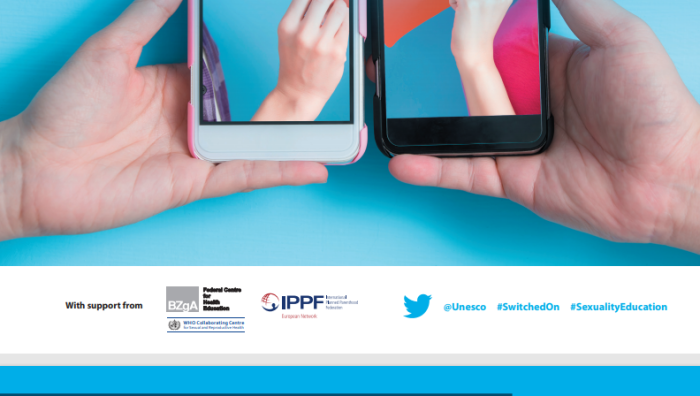
switched-on-conference-flyer-programme-en
Planned Parenthood is a major sponsor of this conference. It takes place in February 2020, just before this “pandemic” was declared. It’s almost as if the whole thing was planned to beef up cyber sex.
9. WHO/UNESCO Pushing Agenda On Children
How is this a good thing? By pushing sex-ed onto younger and younger children, these groups are able to make this seem normal. Children of this age should not be exposed to this type of information.
Like this:
Like Loading...

